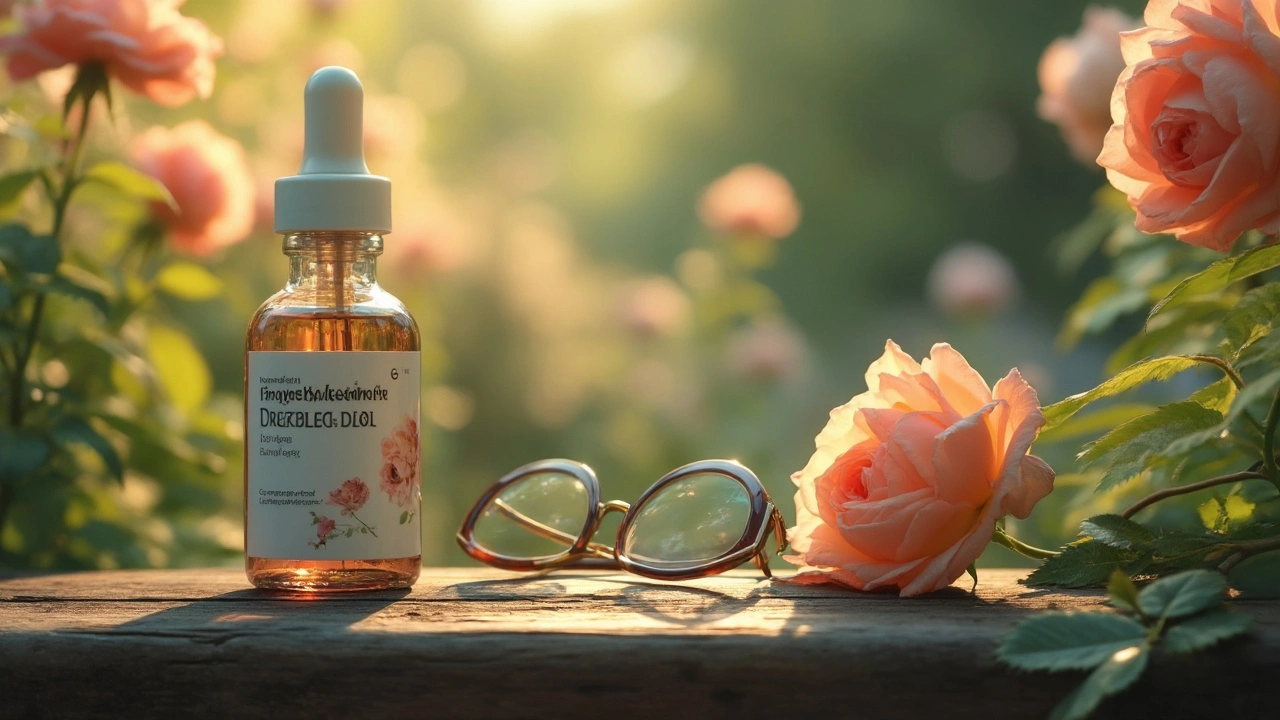Eye drops: types, how to use them safely, and what works best
Do your eyes feel gritty, watery, or red? Eye drops can help a lot — if you pick the right kind and use them properly. This page explains common types, quick how-to steps, safety tips, and when to get medical help. No fluff, just clear, useful advice.
Which eye drops do what
There are a few main types you'll see at the drugstore or get from a doctor:
- Artificial tears (lubricants): For dry, tired, or irritated eyes. Use as needed. Look for preservative-free if you use drops often. - Antihistamine/mast-cell stabilizers: For itchy, allergic eyes. They reduce itching and redness from pollen, pets, or dust. - Decongestant drops: Make eyes look less red fast, but don’t use them for more than a few days. Long-term use can make redness worse. - Antibiotic drops: Prescription only — for bacterial infections. Finish the full course your doctor prescribes. - Steroid drops: Strong and effective for inflammation but need careful medical monitoring because they can raise eye pressure or cause infections. - Glaucoma drops: Lower eye pressure; they’re prescription and often used daily for life.
How to put drops in right (and avoid mistakes)
Follow these steps every time to reduce waste and avoid infection:
1) Wash your hands. 2) Tilt your head back, pull the lower eyelid down to make a small pocket. 3) Hold the bottle above the eye and squeeze one drop into the pocket — don’t touch the tip to your eye or lashes. 4) Close your eye for 30–60 seconds and press gently on the inner corner (near the nose) for a minute to limit systemic absorption. 5) If you need two kinds, wait 5–10 minutes between different drops so the first one can absorb. 6) If you wear contacts, remove them first unless the drops say they’re safe with contacts.
Avoid touching the dropper tip. If the tip touches your eye, discard the bottle to prevent reusing contaminated drops.
Storage and safety: Keep unopened bottles at room temperature unless the label says to refrigerate. Once opened, many drops are safe for 28 days; check the label. Throw away expired or cloudy solutions. If you notice stinging, worsening pain, or blurred vision after using an eye drop, stop and call your eye doctor.
Buying drops online: Only buy from reputable pharmacies. Prescription drops should come with pharmacist support. If a site sells prescription meds without asking for a prescription, avoid it.
When to see a doctor right away: sudden vision loss, eye pain, intense redness, sensitivity to light, or a foreign body sensation that won’t go away. For chronic problems, make a care plan with an eye doctor so you’re using the right drops for the long term.
Simple steps — the right drop, clean technique, and knowing when to seek help — make a big difference. Keep your eyes comfortable and safe.

Common Side Effects of Dorzolamide and How to Manage Them
Dorzolamide is a common eye drop used to manage certain types of glaucoma and ocular hypertension. While it's effective in lowering eye pressure, some users may experience side effects. This article explores these common side effects and provides practical tips on how to manage them. Understanding how dorzolamide works and how to handle any issues can make treatment easier and more effective.
MedicationsLatest Posts
Tags
- online pharmacy
- medication
- dietary supplement
- side effects
- online pharmacy UK
- medication safety
- mental health
- impact
- online pharmacies
- dosage
- skin health
- health
- pain relief
- dietary supplements
- massage therapy
- medication side effects
- eye inflammation
- health benefits
- mental health treatment
- thyroid medication




